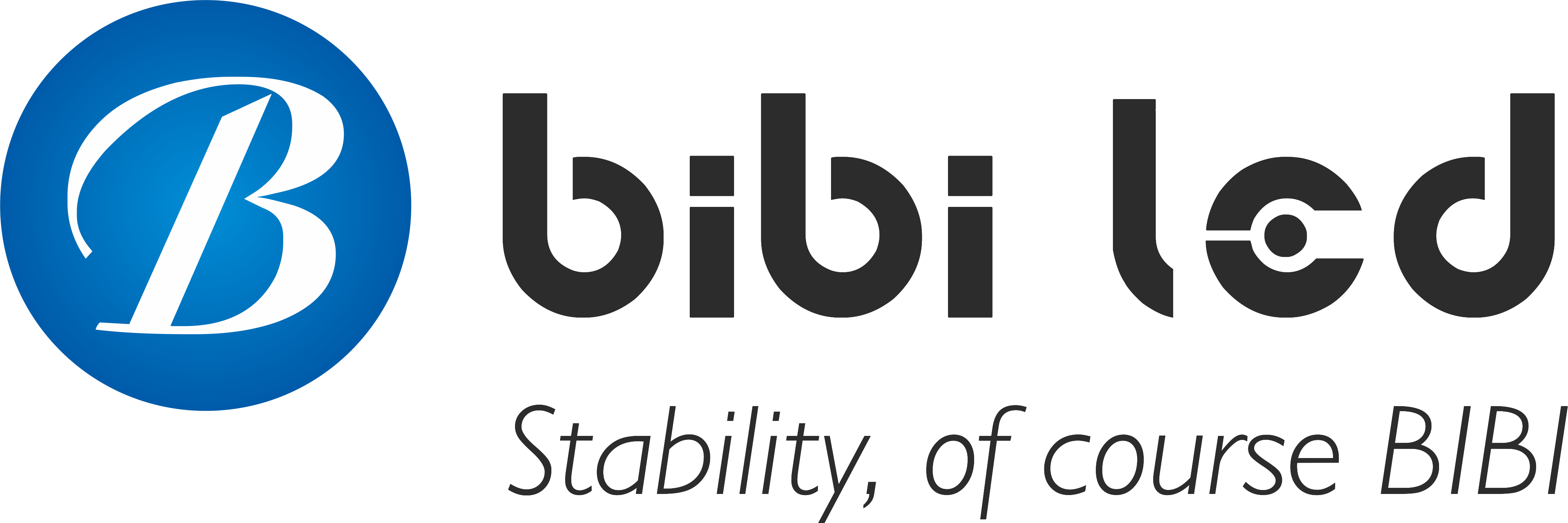소개
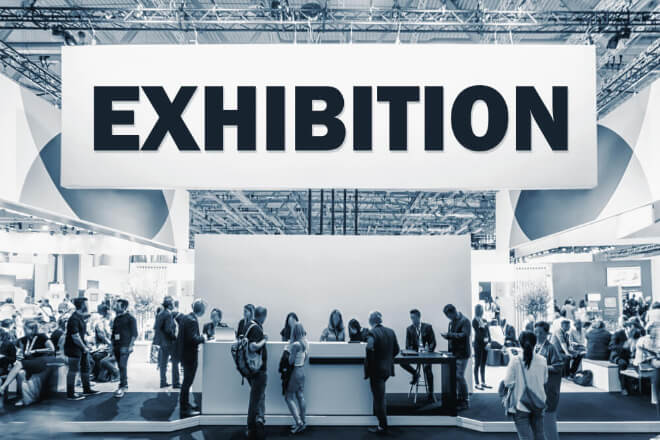
Although traditional KT boards are economical, are they no longer able to meet the needs of modern 전시회? Although LED screens are cool, are the high costs really worth investing in?
Should we continue to use KT boards or boldly try LED 스크린? Today, let’s take a deep look at whether it is cost-effective to use LED screens instead of KT boards at exhibitions.
목차
1. Cost comparison: one-time investment VS multiple printings
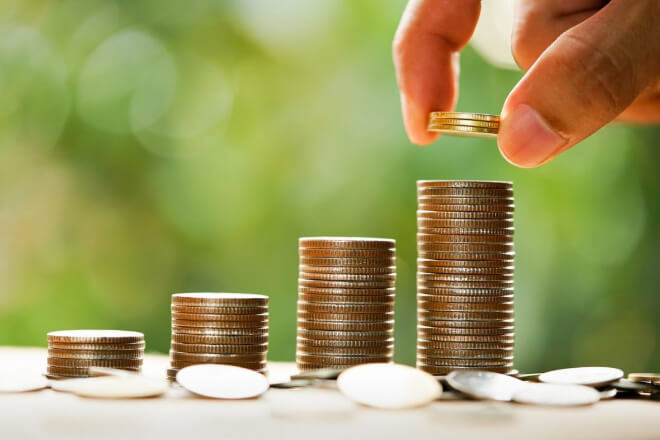
At exhibitions, companies always need a “background board” to attract attention and convey brand information.
Whether this background board is made of KT board or replaced with an LED screen has always been a common tangle. The former is cheap, and the latter is cool. So, which one is more cost-effective?
Let’s talk about the KT board first. Its advantages are very direct: cheap, easy to make, and light.
Usually, it costs dozens of yuan per square meter, and it can be done in a few hours with a picture and a board.
And the disadvantage is also obvious: one-time use. Each time the exhibition has a different theme, location, or product, the KT board has to be remade and thrown away after use.
This is not only wasteful, but also difficult to store if there are too many.
The LED screen is another logic. Its initial cost is indeed not low – it may cost thousands or even tens of thousands of yuan to buy it, and it costs hundreds of yuan per square meter to rent it for a day.
However, it can be used repeatedly, and the content can be changed as needed without remaking the hardware.
As long as you participate in many exhibitions a year, or the content of each exhibition changes greatly, the LED screen can quickly “spread” the cost.
Consider transportation and installation. The KT board is light, but it is also easy to bump. Be careful when transporting it, as it is easy to crush.
The LED screen requires professional installation, power support, and even audio and video equipment. It is troublesome to move, and the workers must be more professional.
However, it is modularly designed and easy to disassemble. Many companies simply build their own team for long-term use.
In terms of display effect, the KT board is a “big picture”. No matter how beautiful it is, it can only be static.
The LED screen can play dynamic pictures, videos, and even real-time interactive content, and the visual impact is completely not at the same level. The audience will be attracted at first sight, and the whole booth will look more “high-end”.
Let’s do a simple calculation: if you participate in five exhibitions a year and use a 10-square-meter exhibition board each time.
The KT board may cost 4,000 to 5,000 yuan per year, while the cost of renting an LED screen may be 7,000 to 8,000 yuan or even more.
However, LED screens can be reused, the content can be updated at any time, and they can leave a deeper impression on people.
If you buy an LED screen and use it for three to five years, the cost may be only 1,000 to 2,000 yuan per exhibition, which is even cheaper than KT boards.
So, whether to use LED screens or not actually has little to do with “budget”. The key is to see how you use it, how often you use it, and whether you value your brand image.
If you only participate in exhibitions occasionally and have a tight budget, then KT boards are enough.
But if you participate in exhibitions frequently and want to stand out from a bunch of booths and leave an impression, then the investment in LED screens is cost-effective and even necessary.
2. Difference in display effects: static VS dynamic
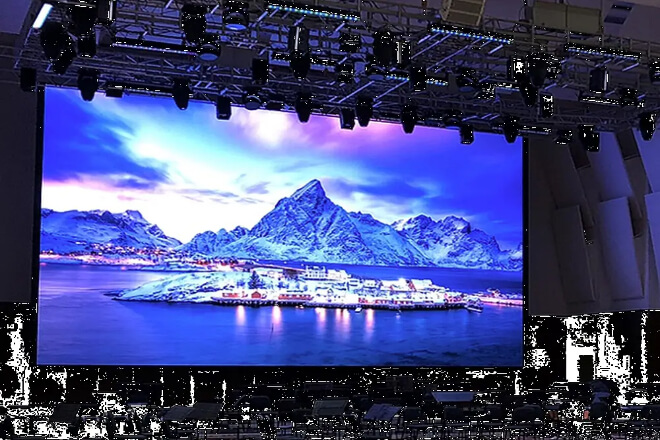
When it comes to the visual effects of the exhibition site, the difference between KT boards and LED screens is actually quite obvious. The KT board is a static poster.
No matter how beautiful the design is, it is a “frozen” picture that cannot move or change. After a long time, it is easy to make people feel a bit monotonous, and the information transmission is relatively limited.
In contrast, the LED screen is much more active. It can display high-definition pictures, scroll text, play videos, and even perform simple interactions.
In this way, the booth is more likely to attract the attention of passers-by, the content can be richer and more vivid, and the audience will remember it more deeply.
In addition to size and 해결, the size and clarity of the LED screen are also very important.
The large-size and high-resolution screen has clear picture details and gives people a more professional and high-end feeling.
Although the visual impact of a smaller screen is not so strong, it is also suitable for supplementing information or displaying partial content. A flexible selection of sizes can make the booth effect more targeted.
In general, the dynamic display of the LED screen can bring more vitality and attraction than the “static poster” of the KT board, making the display at the exhibition no longer monotonous and easier to make people shine.
3. Content replacement flexibility: Can you "change the content without changing the screen"?
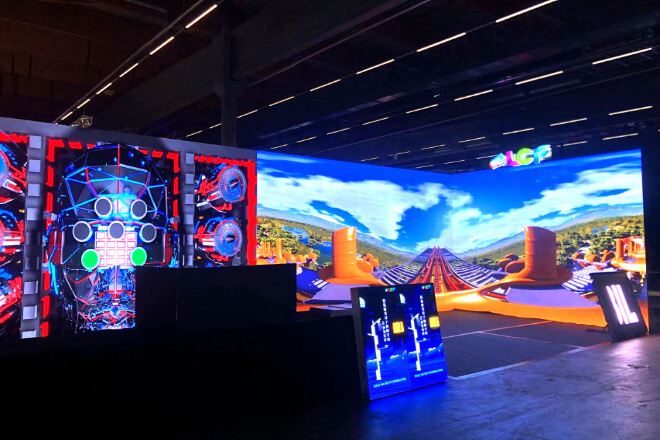
One of the biggest pain points of using KT boards is that if the content is printed incorrectly or you want to change it temporarily, you basically have to print a new one.
Especially when the exhibition is approaching, you are in a hurry to modify the design and production, which is time-consuming and costly.
Not to mention that if the content of the exhibition changes, or multiple language versions are required, you want to prepare several more versions for backup, which is both expensive, laborious, and inconvenient to store.
The “one-time moulding and unchangeable” characteristics of KT boards have caused a lot of trouble in exhibition preparation.
The LED screen is completely different. Its biggest advantage is that the content can be modified at any time, and there is no need to replace the hardware at all.
You only need to upload new pictures, videos or text content remotely through a computer or mobile phone, and the screen will immediately display the updated picture.
In this way, companies can easily cope with the needs of different exhibitions, different product lines, and even multiple language versions, greatly improving the flexibility and professionalism of the exhibition.
More importantly, temporary adjustments to product information or activity content will not disrupt the rhythm of the entire exhibition.
For example, during the exhibition, new products are suddenly launched or promotional information changes.
Or if the theme of the booth needs to be changed quickly, with simple operations, the content is updated immediately, and the on-site effect is improved simultaneously.
In contrast, if a similar situation occurs with the KT board, not only is the time cost high, but remaking and installing it is also very troublesome.
Therefore, the content flexibility of the LED screen greatly reduces the pressure of exhibition preparation and on-site management, allowing companies to focus more on display effects and brand communication.
It can also respond to market changes more quickly, appearing more professional and efficient.
4. Installation and space adaptability: Which is more trouble-free?
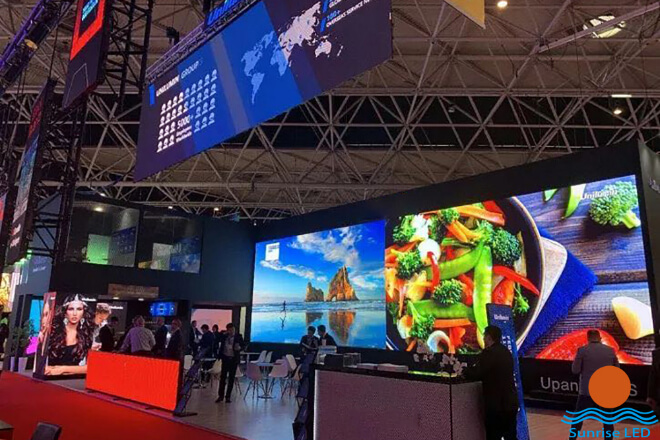
When it comes to installation and adaptation to booth space, KT boards and LED screens actually have their own advantages and disadvantages.
The biggest advantage of the KT board is that it is light and easy to carry, and the weight of a single piece is not large.
Which seems to be quite trouble-free. But don’t forget that it is also easy to bump and crush, especially during transportation.
Every exhibition has to be disassembled and assembled, which is time-consuming and laborious, and if the board is damaged, it has to be remade, affecting efficiency.
The installation of the LED screen seems to be more troublesome because it requires power and signal support, and a professional team is required to build it.
But now, many rental LED screens are modular in design, quick to disassemble and install, and have an assembly efficiency that is actually quite high, even more time-saving and labour-saving than traditional KT boards.
Moreover, modularisation makes it easier for LED screens to adapt to various odd-shaped booth designs.
Whether it is an arc-shaped, stepped or special-shaped booth, it can be flexibly spliced and the effect is better.
In addition, LED screens are more flexible in terms of space use. Modules of different sizes and thicknesses can be freely combined, unlike KT boards, which are limited by fixed size and installation is limited by shape and weight.
In summary, KT boards are light but easy to damage, and installation is simple but cumbersome, while LED screens require electricity.
However, modular design and highly flexible spatial adaptability make it easier to save trouble and effort in complex or special booths.
For companies that frequently participate in exhibitions and pursue efficiency and high-quality displays, the advantages of LED screens will be more obvious.
5. Brand image bonus: sense of technology ≠ luxury
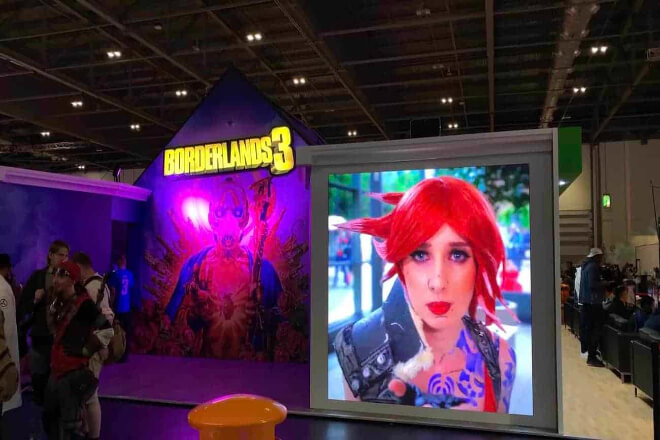
Many people think that using LED screens is a “luxury” equipment that only large companies can play with, but this is not the case.
The sense of technology brought by LED screens is a plus for corporate image, making the brand look more “digital”, more modern and more dynamic, which does not necessarily require a lot of money.
At the exhibition, the high-end visual effects of LED screens can easily become an “eye-catching artefact”.
Dynamic images, vivid colours, and clever content design make the audience unable to resist taking photos and sharing, helping companies achieve free communication effects.
Especially now that social media is popular, a bright LED screen in the booth can often double the brand exposure in an instant.
What’s more interesting is that small brands don’t have to worry about cost issues. There are now LED screens of various sizes on the market, and even a few square meters can create a refined and professional feeling.
By reasonably planning the display content and screen position, small screens can also convey the brand’s intentions and sense of technology, which makes people shine and leave a deep impression.
In short, LED screens bring not only a “sense of technology” but also an upgrade of brand image and an improvement in communication power.
It is no longer an exclusive weapon for big brands, and small and medium-sized enterprises can also use LED screens to create a unique and modern exhibition experience.
6. Return on investment analysis: Can a one-time lease/purchase bring continuous value?
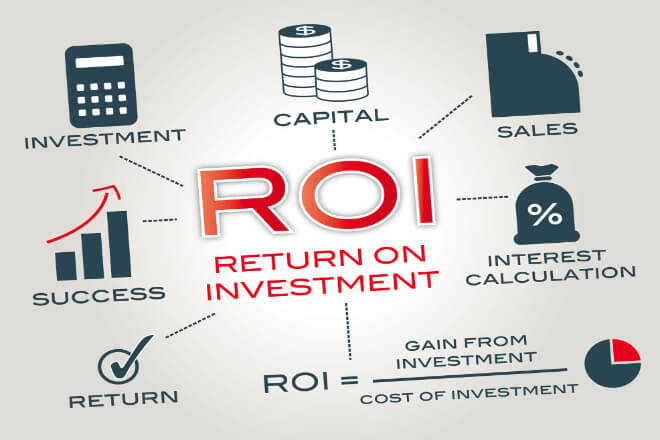
When many companies consider using LED screens or KT boards, the most important thing they care about is the return on investment.
The initial investment in LED screens is indeed not low. Whether it is leased or purchased, the cost is much higher than that of KT boards.
However, if you participate in more exhibitions and road shows, the cost of LED screens can actually be spread out quickly.
To give a simple example, if you have five or six exhibitions a year, you have to make new KT boards every time, and the cumulative cost is not low.
For the same area of LED screens, as long as they are used a few times, especially for buyout use, the cost of each unit exhibition will be greatly reduced.
More importantly, the content of the LED screen can be flexibly changed to adapt to different occasions, unlike the KT board, which can only be used once and thrown away.
In addition, there is far more use of LED screens than in exhibitions. It can also be used in store displays, company meetings, online live broadcasts and other scenarios to increase the utilisation rate and value of the equipment.
In this way, the “return” of this investment is not only the exhibition effect, but also the help of the overall digital upgrade of the enterprise.
On the contrary, KT boards seem cheap, but you have to buy them repeatedly every time, which actually costs more in the long run.
Moreover, they are gone after being used once, and cannot be extended to multiple scenes and multiple uses. The cost performance is obviously not as good as that of LED screens.
In general, the return on investment of LED screens is more suitable for companies that frequently participate in exhibitions and focus on brand display, which can bring more lasting value and more diverse usage possibilities.
7. Conclusion
Through the above analysis, we can see that although the initial investment in LED screens is high, in the long run, it can not only reduce the cost of exhibitions but also greatly improve the display effect and brand image.
If you only participate in exhibitions occasionally, KT boards may be a good choice, but if you participate in exhibitions frequently, or hope to stand out among many booths, LED screens are undoubtedly a more worthy investment option.
마지막으로 LED 디스플레이 화면에 대해 더 알고 싶다면, 우리에게 연락해주세요.
